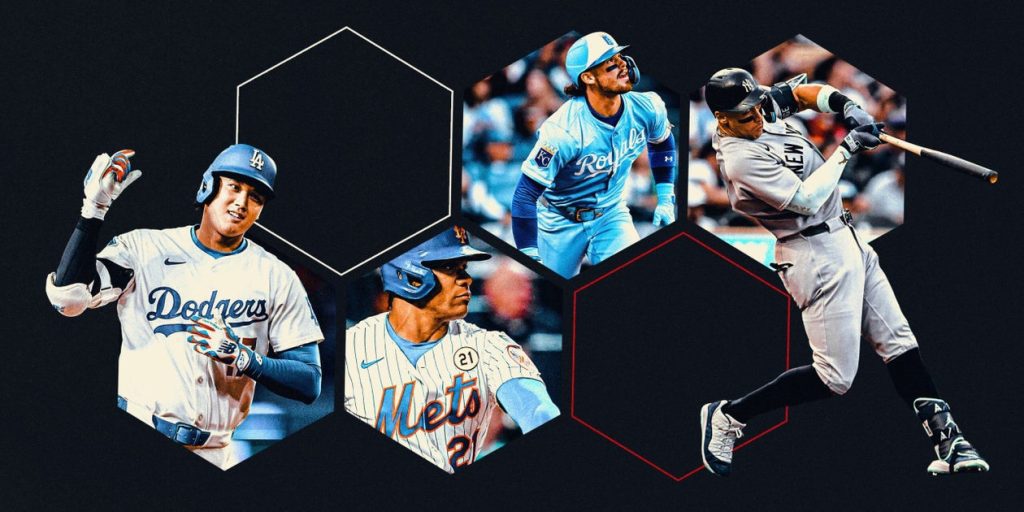The Launch of NFL RedZone
When “NFL RedZone” debuted in 2009, host Scott Hanson greeted viewers by expressing hope that the channel would transform the way football is watched. Fast forward to today, and Hanson has become a beloved figure among millions of fans. The impact of “RedZone” on the viewing experience has been so profound that the recent addition of 15-second advertisements to the program has sparked a backlash. Under Hanson’s guidance, “RedZone” takes viewers on a whirlwind tour of Sunday afternoon football, featuring multiple games simultaneously and showcasing every touchdown, making it essential viewing for diehard fans.
The Emergence of Big Inning
Jim Serratore, a senior producer at MLB Network, oversees “Big Inning,” a similar concept to “RedZone” designed for baseball. This daily show seeks to replicate the high-energy viewing experience that “RedZone” offers football fans, but its reach remains limited. The key question it faces is whether baseball can truly adapt to this format. Even with perfect execution, can the slower pace of baseball maintain viewer interest when the equivalent of a football “red zone” is merely a runner on third base?
Serratore’s Vision
Serratore believes it’s possible, crediting “RedZone” for inspiring a new way to engage with sports. He emphasizes how the show has demonstrated that fans can enjoy multiple games at once rather than sequentially. Prior to its 2023 format, “Big Inning” focused on one game at a time, which was tedious in comparison to the new multi-game approach. Now, the producers select which games to highlight, enriching the viewer experience.
Big Inning’s Potential
Despite feeling in its early stages, “Big Inning” showcases compelling moments, such as thrilling no-hitters and high-stakes battles. With live-action displayed on a quadbox, viewers can catch multiple highlights simultaneously. As baseball has natural breaks between plays, it lends itself well to this format, allowing viewers to quickly identify exciting developments across games.
The Challenges of Scheduling
One significant hurdle for “Big Inning” is its scheduling. While “RedZone” operates on just 18 Sundays each year, “Big Inning” airs around 185 times in a single season. Its shorter runtime, usually 2.5 to 3 hours, does not accommodate all games, hampering its goal of becoming the go-to show for baseball excitement. Serratore expresses hope that it can evolve into a feature-rich experience, extending beyond its current limitations.
Viewer Engagement & Host Dynamics
Issues with timing, including inconsistency in start times and abrupt endings, frustrate viewers. In an ideal scenario, “Big Inning” could cover more games over extended hours, creating a comprehensive baseball experience. The hosts, Yallof and Caserta, face the challenge of striking a balance between commentary and allowing viewers to enjoy the action, learning from the successful model set by “RedZone.”
Future Prospects
For “Big Inning” to develop into a go-to destination for baseball fans, it will need more resources and better marketing. As it stands, it packages most of the game’s action seamlessly, appealing to viewers. With increasing viewership statistics, Serratore and his team aim to refine their approach to enhance the program’s quality. While it may not yet revolutionize baseball viewing, it holds promise for future seasons.



